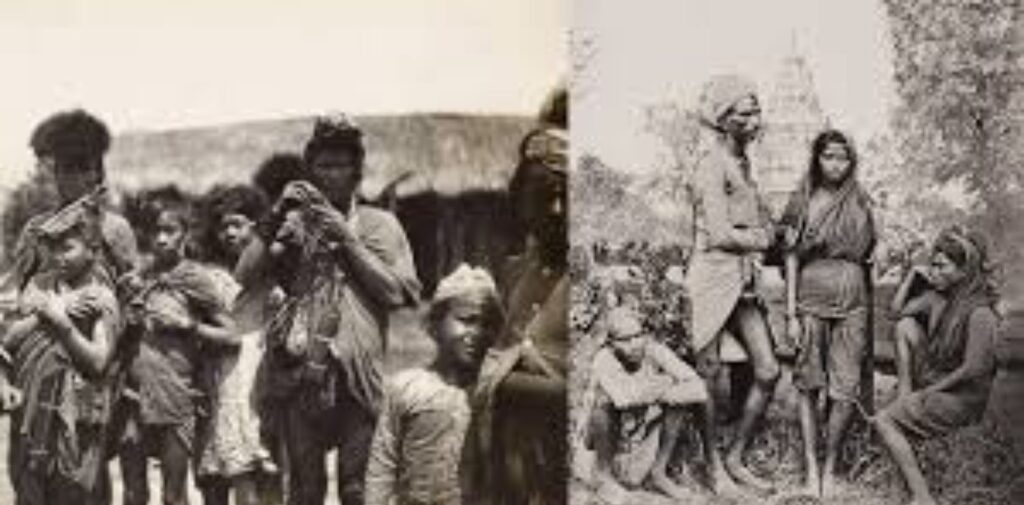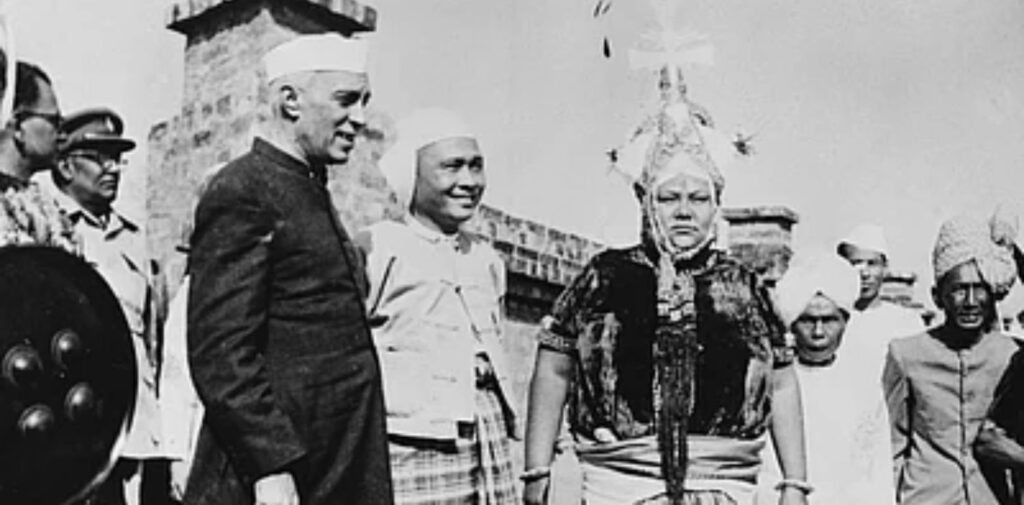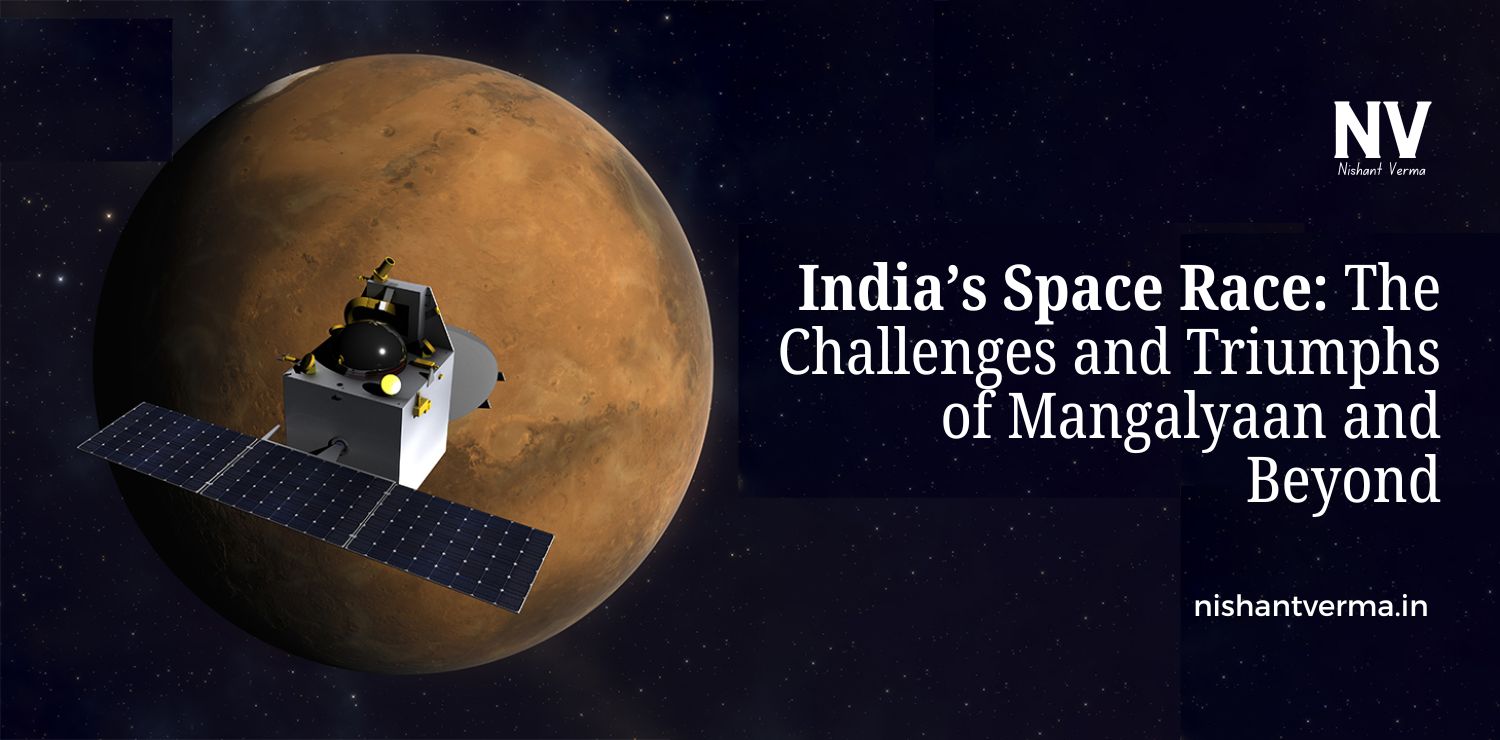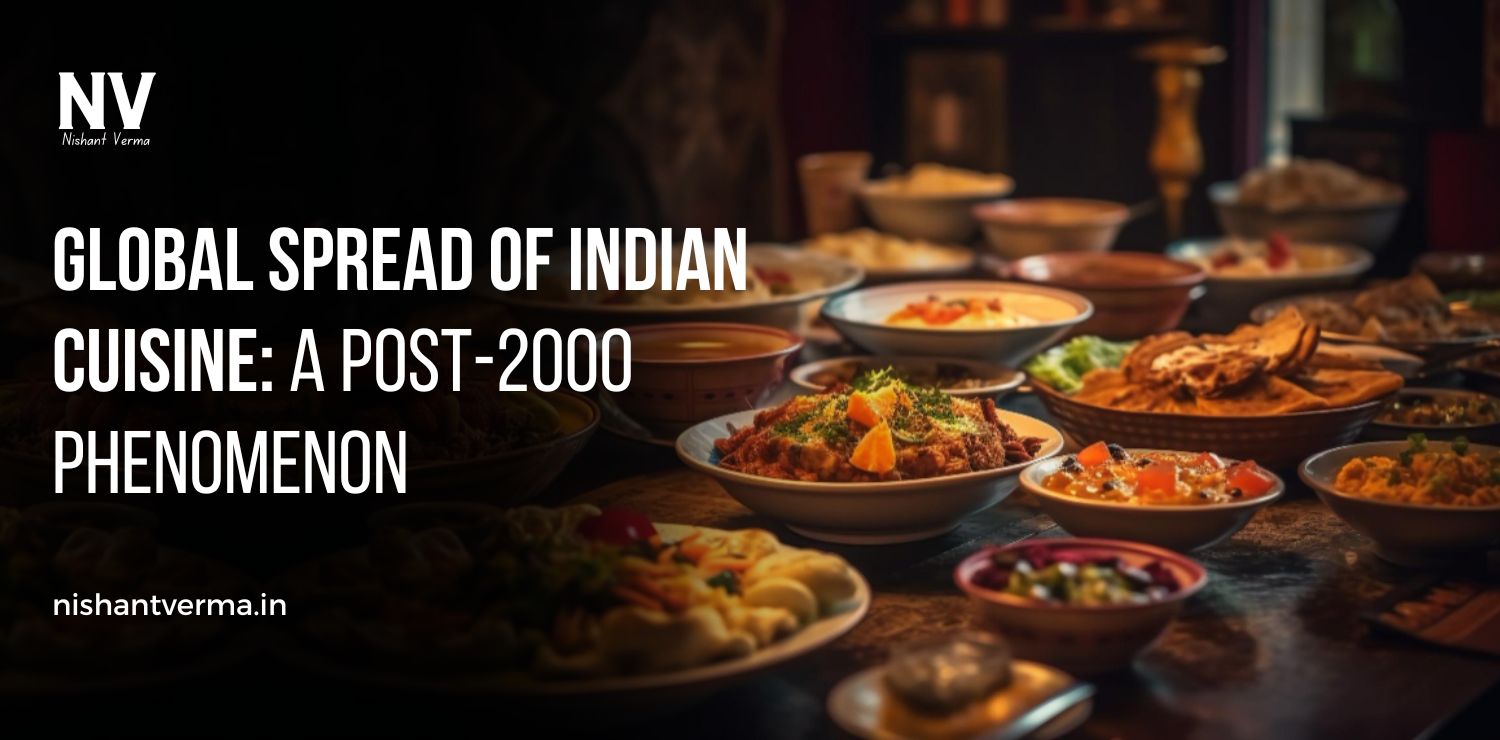India’s fight for independence is widely recognized as a struggle led by iconic figures like Mahatma Gandhi, Jawaharlal Nehru, and Subhas Chandra Bose. However, in this narrative, one crucial aspect is often overlooked: the significant role played by India’s Tribals in Anti-Colonial Resistance Movements. While the Nehru-Gandhi family and their policies are often credited with shaping post-independence India, the contributions of tribals to the freedom struggle have been relegated to the margins of history.
For centuries, India’s tribal populations had been subjected to exploitation, marginalization, and displacement by British colonial powers. Despite their marginalized status, tribals did not passively accept this oppression. Instead, they actively resisted British rule through multiple uprisings and movements, fighting to protect their land, culture, and way of life. From the tribal revolts in the 18th and 19th centuries to their involvement in the larger nationalist struggle, the tribal communities’ contribution to India’s freedom is immense, yet often ignored in mainstream history.
This article will explore the crucial role of tribals in India’s anti-colonial resistance, shedding light on their struggles and challenges, and critically examining the role of the Nehru-Gandhi family in sidelining these contributions.
Tribal Resistance to British Colonialism: The Struggle for Land and Autonomy
India’s tribal communities had long maintained a unique relationship with their environment, particularly their forests and land. Under British rule, however, this connection was disrupted as the colonial government imposed new land policies, stripped tribals of their rights, and forced them into exploitation. British policies not only displaced tribals from their ancestral lands but also imposed heavy taxes, forced labor, and cruel forest regulations that hindered their ability to sustain themselves. These policies fueled widespread resentment and led to various uprisings across the country.
Tribal revolts in the 18th and 19th centuries laid the foundation for the larger anti-colonial struggle. Some of the earliest and most significant tribal uprisings included:
- The Santhal Rebellion (1855-1856): Led by the Santhal tribal community in Bihar and Bengal, the Santhal Rebellion was one of the most significant tribal uprisings against British colonialism. The rebellion was sparked by the exploitation of the Santhal people by British landlords and moneylenders. The tribal warriors, led by leaders like Sido and Kanhu Murmu, rose in revolt, aiming to reclaim their land and preserve their way of life. Although the rebellion was crushed by British forces, it marked an important moment in tribal resistance to colonial rule.
- The Munda Rebellion (1899-1900): Also known as the Ulgulan, the Munda Rebellion was led by the Munda tribe in present-day Jharkhand under the leadership of the charismatic tribal leader Birsa Munda. The Munda community, which had long been fighting against the colonial exploitation of their land and forest resources, sought to establish an independent Munda Raj and reclaim their ancestral lands from British authorities and zamindars. Birsa Munda’s movement was not only a revolt against British rule but also a resistance against the feudal system imposed by the British.
- The Bhil Revolt (1817-1818): In Gujarat and Rajasthan, the Bhil tribal communities fought against British attempts to control their lands. Led by Chandrasen, the Bhil tribal chief, this revolt focused on protecting their sovereignty and rejecting British interference in their traditional governance systems. The British were able to suppress the Bhil revolt, but it stood as an early example of tribal resistance.
These early uprisings demonstrated the tribals’ determination to resist colonial domination, defend their rights, and preserve their culture. While they did not achieve full independence, they set the stage for the larger anti-colonial movements that followed.

Tribals and the Nationalist Struggle
As the Indian National Congress (INC) and other political organizations began to unite Indians in the struggle for independence, the contributions of tribals to the larger nationalist movement were often sidelined. The Nehru-Gandhi family, who were at the forefront of India’s political leadership, tended to focus on urban-based issues and neglected the struggles of rural and tribal populations. While national movements like the Non-Cooperation Movement (1920), the Civil Disobedience Movement (1930), and the Quit India Movement (1942) saw massive participation from various sections of society, tribals played a critical role in these struggles, even though their contributions are not adequately recognized.
Tribal Leaders and Movements in the National Struggle
- Birsa Munda and the Ulgulan (Munda Rebellion): Birsa Munda’s rebellion against British rule was a direct challenge to the colonial system and the injustices faced by the Munda tribal community. Birsa’s slogan, “Abua raj, Ghorab raj” (Our kingdom, the true kingdom), became a rallying cry for the tribal population fighting for their land and autonomy. Birsa’s legacy as a freedom fighter is celebrated today, but at the time, his contributions were largely overshadowed by the larger national movements led by Gandhi and Nehru.
- The Role of Tribals in the Quit India Movement: During the Quit India Movement of 1942, tribals once again took up arms in various parts of the country to demand an end to British rule. In states like Madhya Pradesh, Odisha, and Jharkhand, tribal populations participated in large numbers, often facing heavy repression by British forces. However, their participation was largely ignored in favor of the more prominent political leaders.
- The Role of the Tribal Farmers in the Civil Disobedience Movement: Tribals, especially in regions like Bihar, Bengal, and the central Indian belt, joined Gandhi’s call for the boycott of British goods and the refusal to pay taxes. However, the contribution of these tribal communities to the movement has often been overshadowed by the political narratives created by leaders like Gandhi and Nehru.

The Nehru-Gandhi Family and the Marginalization of Tribals
The legacy of the Nehru-Gandhi family in post-independence India has been marked by a top-down approach to governance, often disregarding the voices of the marginalized. While Jawaharlal Nehru is credited with building modern India, his policies were often shaped by his vision of centralized governance, which sidelined the tribals and their needs. Despite the tribals’ significant role in the freedom struggle, their contributions were largely ignored in the post-independence political narrative.
- The Nehru-Gandhi Vision and the Failure to Address Tribal Issues: After independence, Nehru’s government implemented policies aimed at integrating tribals into the nation’s mainstream development. However, these policies were often disconnected from the realities of tribal communities. The emphasis on industrialization, urbanization, and the centralization of power further alienated tribal populations, who continued to face exploitation, displacement, and cultural erosion.
- The Impact of Land Reforms: In the post-independence period, the Nehru government introduced land reforms aimed at redistributing land to the landless. However, these reforms did not adequately address the specific needs of tribal communities. Much of the land that belonged to tribals was taken over by non-tribal populations or commercial interests. The implementation of these reforms further deepened the economic marginalization of tribal communities.
- The Legacy of the Gandhi-Nehru Focus on Non-Violence and Urbanization: While Mahatma Gandhi’s non-violence philosophy is celebrated, it often failed to address the specific grievances of tribals who were subjected to violence, land dispossession, and economic hardship at the hands of both the British and later, post-independence state machinery. The Nehru-Gandhi family, despite their political dominance, did little to ensure the inclusion of tribal voices in India’s development trajectory. This neglect contributed to the continued alienation of tribals, even in post-independence India.

Conclusion: Tribals in Anti-Colonial Resistance Movements
The tribal communities’ role in India’s struggle for independence cannot be overstated. They were not mere bystanders in the fight for freedom but active participants who risked their lives, fought against colonial oppression, and contributed significantly to the resistance movements across India. From the early tribal uprisings to their involvement in the larger nationalist movements, tribals demonstrated immense courage and resilience in their struggle for self-determination.
However, the Nehru-Gandhi family’s leadership, while important in shaping post-independence India, failed to fully acknowledge and address the specific issues faced by tribal communities. Their top-down approach to governance, combined with an urban-centric vision of development, has often excluded the tribals from the benefits of independence.
To truly honor the legacy of India’s freedom struggle, it is crucial to recognize and celebrate the contributions of the tribal communities, who were not just bystanders but key actors in the fight against colonialism. Their resistance, their struggles, and their sacrifices deserve far greater recognition in the historical narrative of India’s independence.




